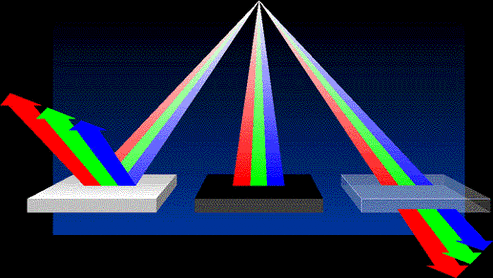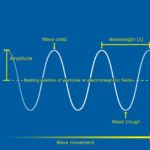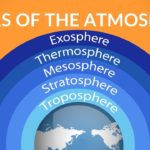What happens to that heat once it arrives at a destination depends on a number of factors.
These factors include the size of the object receiving the heat, the current temperature of that object, color of the object, and the materials that the object is made out of.
As heat reaches its destination it will either be absorbed, reflected, scattered, or transmitted.
Heat Absorption
As heat energy reaches an object it can be absorbed in a similar manner to the way sponges absorb water. Heat enters an object, warming it. The longer the object is exposed to the heat source, the more heat it absorbs.
A good example of heat absorption is the traditional Christmas turkey. When first put into the oven, the turkey is cool and raw. Slowly as heat is absorbed by the turkey, it becomes hotter and hotter until the entire bird is cooked, juicy, and ready to eat.
Different objects absorb heat at different rates. Some objects are excellent absorbers, while others are very poor absorbers. Generally, dark colored objects absorb better than do lighter colors objects.
Think about that for a moment. Why do you suppose this is the case? Why do dark colors absorb better than light colors? Why do dark colors look dark in the first place? Dark colors look dark because they absorb more light, making them harder to see.
Heat Reflection
Reflection is the opposite of absorption. Instead of being absorbed, some of the heat energy is bounced, or reflected off in the opposite direction. As this happens, the heat waves are unchanged, as is the object itself.
Objects which are good at absorption are as a result poor reflectors and vice versa. A mirror is an excellent reflector, while the blacktop found on a newly paved road is not.
Ever wonder why blacktop gets so hot in the summer? It is because the dark color makes it such a good absorber. Little of the heat energy from the Sun is reflected away. Instead it is absorbed, causing the road to become hotter and hotter.
Scattering
Scattering of electromagnetic energy takes place when the waves of light, heat, and ultraviolet radiation interact with the particulates found in the atmosphere and water. These particulates might be in the form of dust, gases such as water, or pollution.
As electromagnetic waves hit these particulates they are bounced off in random directions. In other words, they are scattered. The direction that they are scattered depends on the shape and size of the particulates.
Smaller wavelengths, such as blue light, tend to scatter more than longer wavelengths. This is why the sky looks blue. What you see above your head in all directions is blue light being scattered from one particulate to another.
Heat Transmission
Transmission occurs when electromagnetic energy is allowed to pass completely through an object, such as when sunlight passes through a glass window or through water in a lake or stream.
In nature, very few objects are good transmitters. Have you ever held a flashlight against your hand in a dark room? Do you see the light shinning through? Now hold the flashlight against your arm. Your arm is not much thicker than your hand, yet it is thick enough that light is not transmitted through to the other side.
A leaf is a great transmitter. A lot of light is able to pass through it and get captured in the process of photosynthesis. Water is probably the best natural transmitter. Light is able to penetrate several hundred feet below the surface of the ocean in the right conditions.






